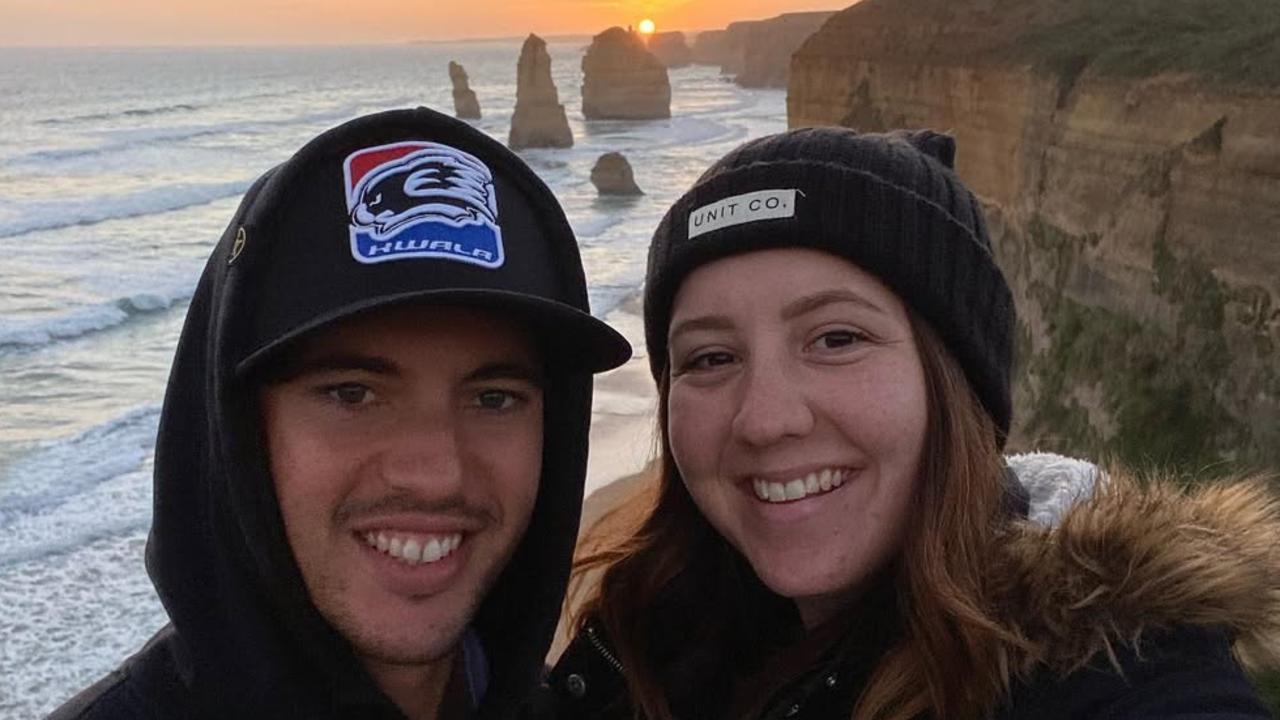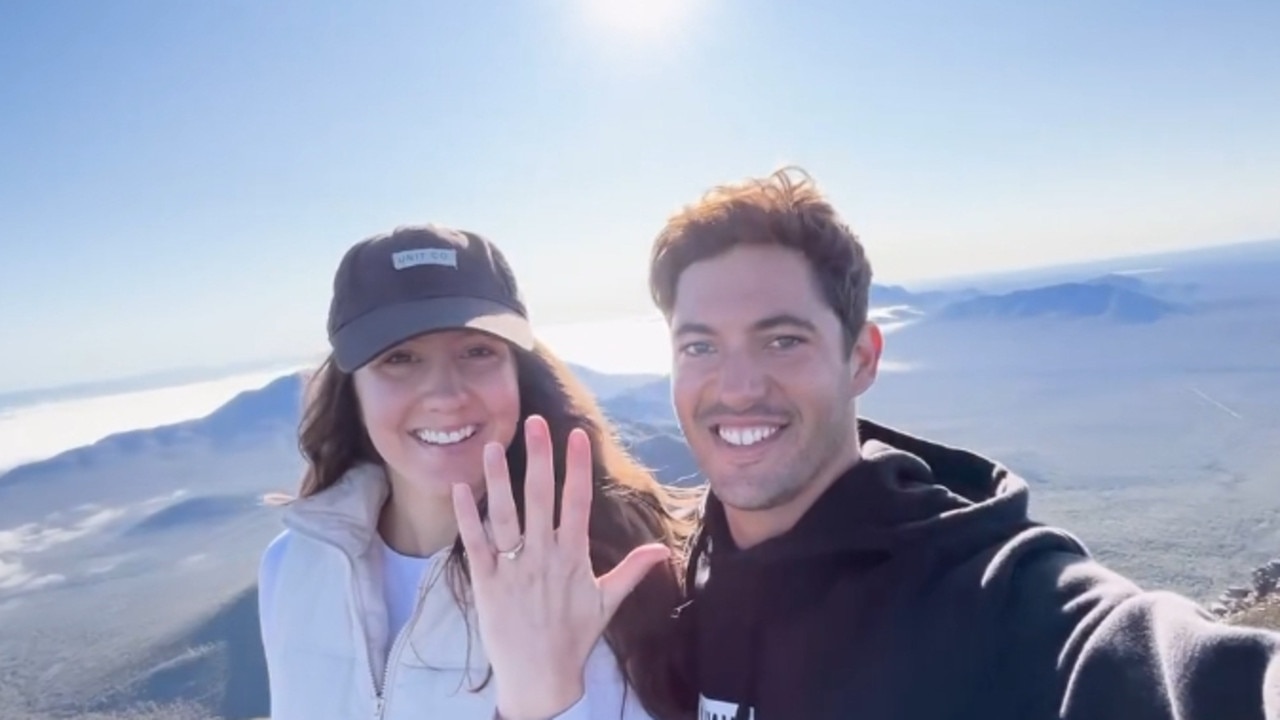‘People are envious of our arrangement’: Rory Gibson and Angela Mollard reveal unconventional living apart relationship
The new modern couple are together but live apart, just like columnists Angela Mollard and Rory Gibson. This is how their out-of-the-box relationship works.
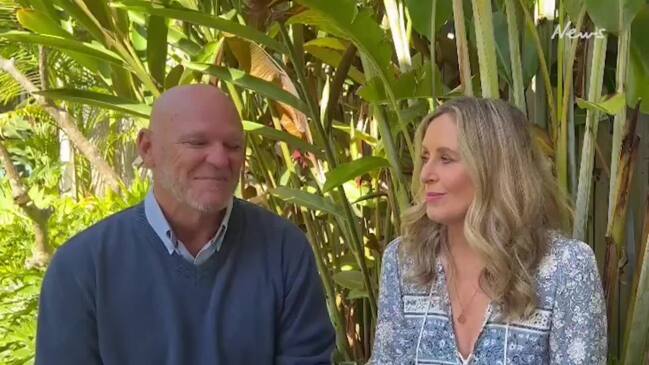
News
Don't miss out on the headlines from News. Followed categories will be added to My News.
Once upon a time two people fell in love, got married, moved in together, had children and lived happily ever after.
But just as “family” is no longer limited to heterosexual parents and their biological children and the happy ending is anything but guaranteed, relationships themselves are also undergoing a transformation. And it’s not just who you partner with but how you partner.
Thruples – an intimately linked trio – are now a thing, marriage sabbaticals offer couples a break, “situationships” refer to mutually-beneficial casual relationships and recently it was reported that more separated and divorcing couples are continuing to live together because they can’t afford individual homes.
Yet one of the fastest growing trends is couples living apart – either in different homes or even different cities. While they often jokingly call themselves “apartners”, demographers refer to them as Living Apart Together (LATs) and statistics reveal more than 1.5 million Australians report having an intimate partner they don’t live with, up from 1.1 million in 2008.
Indeed, while 37 per cent of adults were defined as “single”, 21 per cent actually had a partner who lived somewhere else, according to the Household, Income and Labour Dynamics in Australia (HILDA) Survey conducted in 2019 and reported in 2021. About 78 per cent live within an hour’s travel of each other.
While the Australian Institute of Family Studies notes that the HILDA surveys only started exploring LAT relationships in 2005, they acknowledge being joined at the heart, if not the hip is a “new family form” that has become more “prevalent and visible”.
While studies overseas have examined whether people are “regretfully apart” or “gladly apart”, demographers here suggest younger people may see LAT relationships as more transitional and a step towards cohabitation while for older couples it may be a more voluntary and permanent arrangement.
Reporting on the phenomenon, the University of Melbourne noted that some of the conventions and assumptions around relationships are shifting and that LAT relationships offered individuals “all the advantages of autonomy as well as the pleasures of intimacy with their partner”.
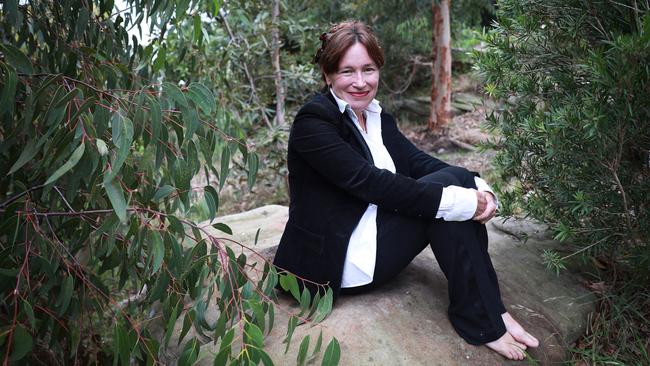
That’s certainly how columnist Nikki Gemmell sees it, writing in The Australian in February that she’s ready for the freedom of a “post-sex life” and dreams of a “together apart” relationship where she could enjoy a place of her own while still in a loving relationship. Apologising to her husband, she sheepishly remarks: “Greedy, I know.”
Of course, famous couples have tried it (because they can afford it) but it didn’t work out for actress Helena Bonham Carter and her partner Tim Burton who lived in adjoining homes, or actor John Cleese and his former wife Alyce Faye Eichelberger who did likewise.
Perhaps next door is too close. Actress Miriam Margolyes has enjoyed a 54-year non-cohabiting relationship with her partner, Heather Sutherland, who lives in Amsterdam while she divides her time between the UK and Australia, and Gwyneth Paltrow spent the first year of her marriage to Brad Falchuk living in separate homes.
As she said at the time: “All my married friends say that the way we live sounds ideal and we shouldn’t change a thing.”
While it’s common for younger people to live apart from their partner, sociologists are reporting that older divorced and widowed people are increasingly opting not to cohabit, in part because they’ve already done that.
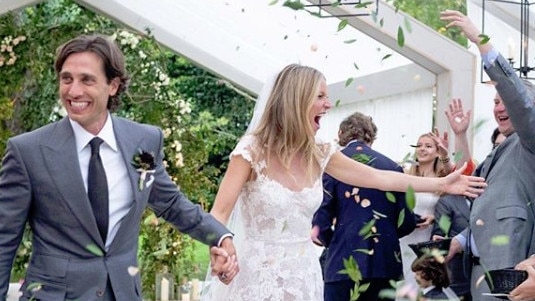
Canada’s The Globe and Mail, which has reported extensively on the trend, says women are often the drivers.
“Financially self-reliant and living in empty nests, these women are ready to focus on themselves,” reports the newspaper.
“They want companionship but not the domestic drudgery of their previous unions: more dates, less dirty socks.”
American journalist Vicki Larson, who is writing a book on LAT relationships, notes that while the trend is growing, it doesn’t suit everyone.
“This is attractive to people who enjoy their own company and don’t need to be around people all the time. It’s probably not going to work well for people who have attachment or trust issues, or who just don’t like being alone.”
This framework also appeals to couples who are re-partnering when they’ve enjoyed independent lives or still have children living at home.
That’s the case for columnists Angela Mollard, 55, and Rory Gibson, 64, who have lived separately since meeting in 2014. Here they tell their stories.
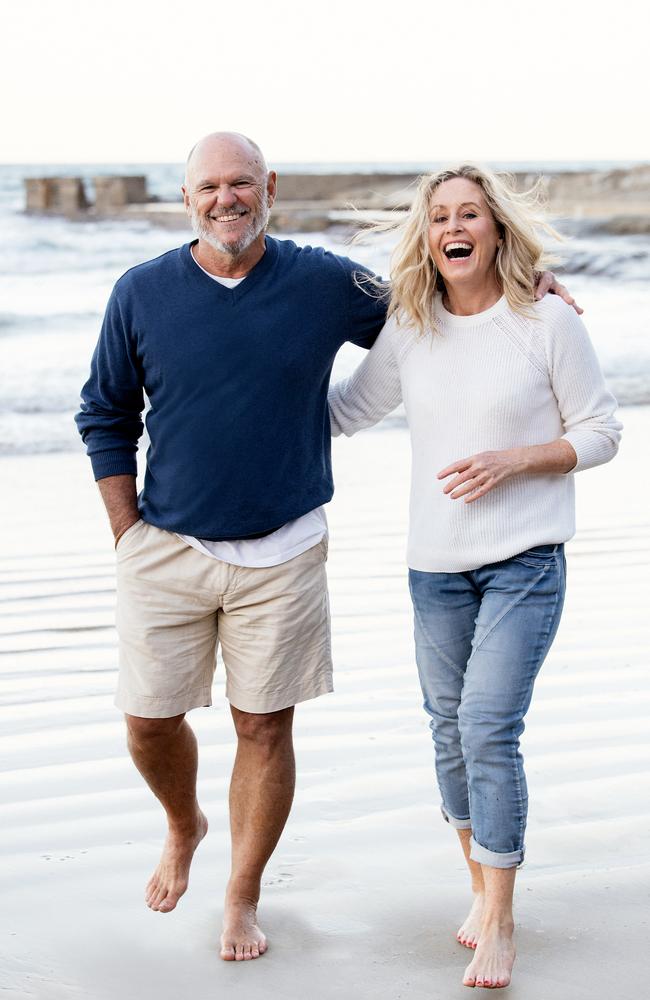
ANGELA’S STORY
I’ve always liked Venn diagrams, the overlapping circles that illustrate how two things bear a relationship to each. Imagine blue in one, red in the other and the purple bit in the middle where the two entities merge to become a sum of their parts.
If you were to sketch it, that’s what my relationship looks like.
It’s unlike me to be an early adopter of anything but my partner and I are at the vanguard of a new type of relationship structure.
We are apparently LATs – the hot new acronym for Living Apart Together – which I hope means we are now influencers and will in turn receive some massive sponsorship deals. Perhaps something with an airline – for reasons that will become clear.
Because the fact is that Rory lives in Yamba – a seven-hour drive from me in Sydney. For the first three years of our relationship he lived in Brisbane so I suppose you could say we are getting closer. Sometimes we drive to see each other; other times we fly (hence need for aforementioned #ad #partnership #ambassador deal).
It sounds like an expensive palaver doesn’t it? Well, it is. But it’s also fantastic.
Although it’s taken me time to come around to the arrangement.
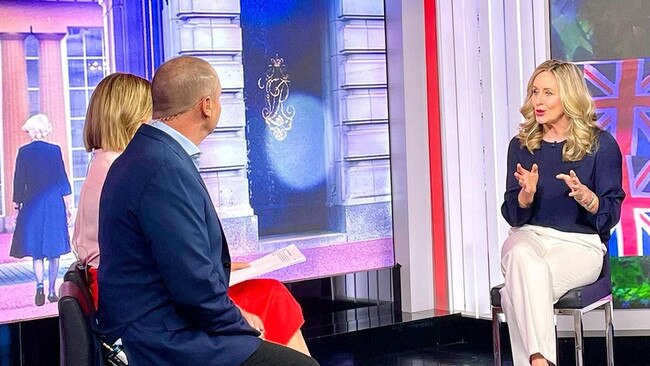
When we met back in 2014 Rory had been widowed for four years and I had only separated from my husband four months earlier.
Retrospectively, I wasn’t ready for a relationship but we clicked and it was fun and the distance meant we only saw each other occasionally so it unfolded slowly.
His three sons were then aged 17, 19 and 21 and my two daughters were 11 and 14. Early on, someone mentioned if we combined our tribes we’d make an amusing Brady Bunch but that never crossed our minds.
Oddly, the distance helped rather than hindered the relationship. My daughters were adjusting to a massive change in their family life and while their dad and I now have a good relationship we needed time to both hurt and heal. Had Rory lived in the same city I suspect the relationship would’ve been over not long after it began.
Nevertheless, in the first throes of ardour we both hinted at a conventional future. We had no model for anything else so if the relationship was going to last we assumed eventually one or other of us would have to relocate.
Others thought the same. I was regularly asked by friends when we planned to move in together, or at least into neighbouring postcodes. Long-distance, it seemed, was acceptable for a while, but it wasn’t seen as a legitimate option long-term. Certainly not for a real couple.
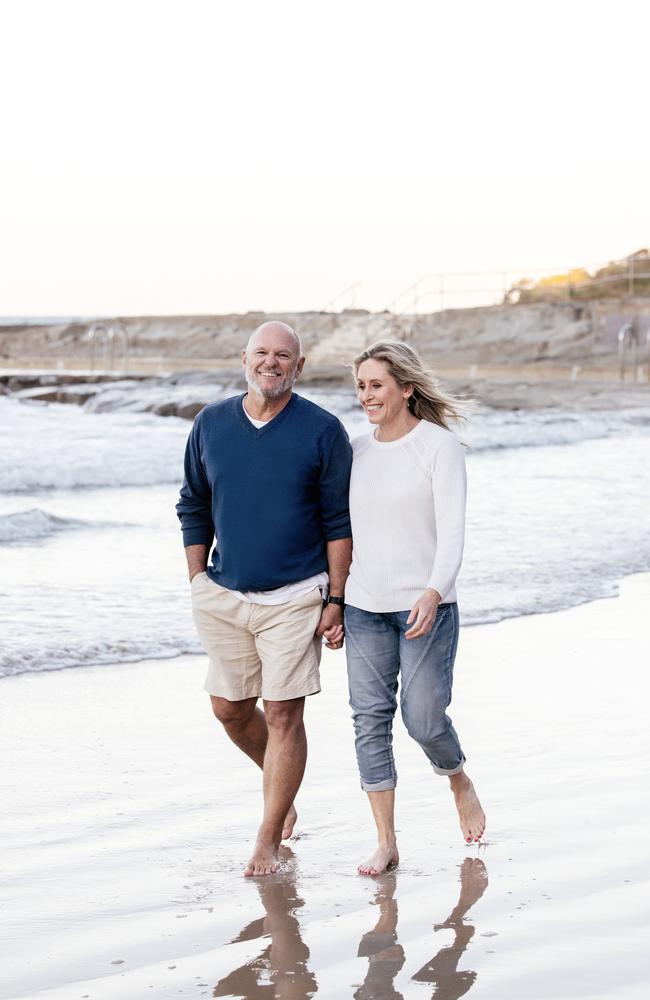
And yet we were a real couple even if we hadn’t rolled our respective domestic lives into one neat and tidy home. And here’s the reason I’m writing this piece (Rory, I suspect, just wants some extra beer money). When couples re-partner after death or divorce they often have children and well-established lives. Many may want to blend those children and lives with the new person they love and, if it works, good for them.
But some children’s emotions, needs and ages – not to mention geography and schools – may not fit easily into a freshly reconfigured family.
Kids are not puzzle pieces, yet too often we expect them to slip effortlessly into a new picture. I’m not saying this was the case for my kids, but perhaps some need time before they share their mum with a new partner or accept their dad is now living with a new wife and her children.
For all her goopy nonsense, Gwyneth Paltrow has been a trailblazer for post-divorce life. She coined “conscious uncoupling” which is simply being mindful about how you split, and when she remarried Brad Falchuk in 2018 she continued to live in a separate house with her two children.
“With teenage kids, you’ve got to tread lightly,” she said.
Of course, practicalities mean a LAT relationship won’t suit everyone. Our relationship is greatly aided by the fact that we are both freelance writers and most of our work can be done remotely.
And yes, the flights and petrol costs do rack up but we forego restaurant dinners and plan well in advance to get cheap flight deals. I’m perfecting my fishing technique so we can be sustained by our flathead hauls from the Clarence River.
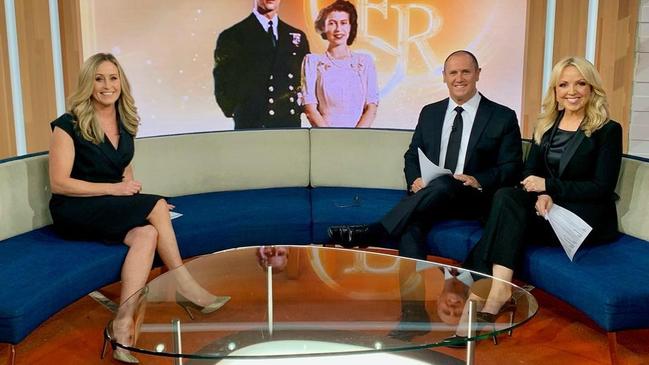
Like any relationship, it hasn’t unfolded seamlessly. We took a break in 2020 because it wasn’t working but that was less to do with distance than other factors.
As we considered whether we wanted to commit to getting the relationship back on track it was helpful to talk through issues together, then have the space to reflect separately on our own.
While I’m happily independent – and have no issues going to dinners or parties on my own – I miss Rory most on a Friday. I’d like to end the week hanging out together on the couch with a glass of wine watching something on TV (though he would likely opt for his beloved Cowboys). It’s moments such as these where it helps to show initiative and find another source for connection.
We started a ritual of sending each other a song each Friday and I always smile when his Spotify link pops up on my phone. His selections are typically *ahem* romantic – Cheap Trick’s I Want You to Want Me and Starland Vocal Band’s Afternoon Delight were the last offerings. Consequently, we have an excellent shared playlist.
Every Saturday – together or apart – we do a trivia quiz. On the very rare occasions we get more than 21 out of 25 we gift ourselves a weekend away. I adore these rituals.
There’s also the anticipation of seeing each other. Although we speak on the phone every day, there’s appreciation rather than complacency in being together.
On our first date we laughed so much a woman in a cafe told us we were clearly made for each other. Nine years on we still laugh like that.
Of course, we still have to get on with our ordinary lives when we’re in each other’s orbit but because time together isn’t a given there’s a lot of playfulness and affection. It’s more intentional: we walk on the beach at dusk rather than fold the washing, and chat as we make dinner together.
That said, because we run separate homes there’s a lot less of the gendered housework that can cause resentment in more conventional relationships.
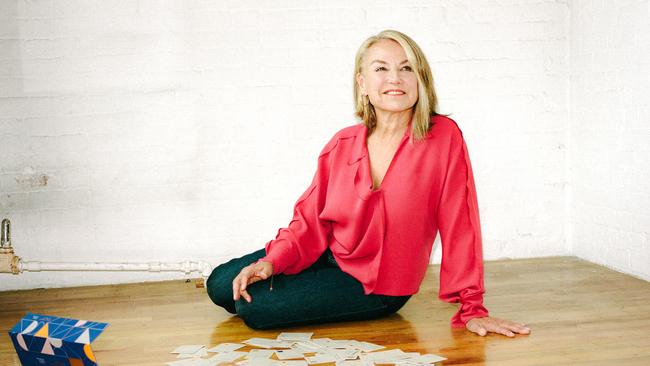
Relationship guru Esther Perel says love rests on two pillars: surrender and autonomy. “Our need for togetherness exists alongside our need for separateness,” she explains, going on to suggest that intimacy is refreshed by distance. “Love enjoys knowing everything about you; desire needs mystery,” she says.
In our case, it more often needs a long drive.
Critics might say a LAT relationship means you get to sidestep the drudgy bits. Likewise, they question how you support each other if one or the other is ill.
All I can say is we do drudge – sink blockages and car breakdowns have no respect for your limited time together – and love is love: if we need each other, we are there.
How often do we see each other? There is no pattern and we don’t have rules about how often we must get together. Now all our children are older we travel together regularly. And we make an effort. As I write, we’re about to head to Canberra for my eldest daughter’s birthday.
Every year we spend more time together – especially now Rory has his house regularly rented on Airbnb. I still have one daughter living at home and I cherish this time before my nest will, inevitably, be empty. Will we eventually feather one of our own? Maybe, but for now we’re enjoying these days, both the ones together and the ones apart.
RORY’S STORY
My relationship with Angela only survived its early years because of the space that comes with a long-distance liaison.
Without the luxury of being able to retreat to our respective sanctuaries when the going got tough, I doubt we would have lasted more than a couple of months.
Ironically, she declared very early on that a long-distance relationship was not for her. In her view, our romance would only flourish if we had a more conventional, proximal commitment. But I believe that would have ended in tears. Lots of them.
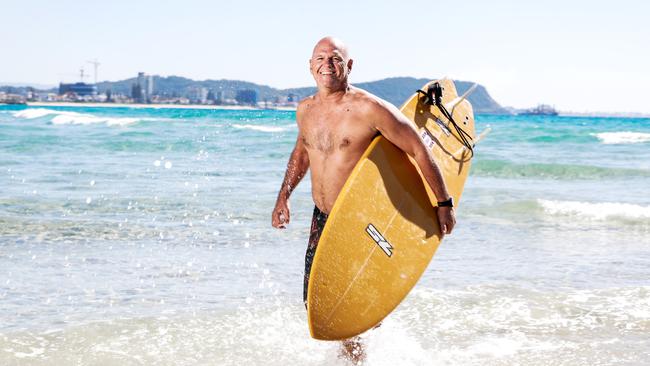
For starters, as an outsider looking in, I had a crystal-clear view of the distress the collapse of Angela’s marriage had on her and her two young daughters. I certainly did not want to add to their stress load and was particularly mindful of how the girls would feel if they saw their mother directing time and energy to a new boyfriend.
If I lived in the same city there, of course, would have been way more contact … resulting in too many half-arsed attempts to manufacture a conventional relationship out of the ashes of an emotionally scorched landscape.
I’ve seen friends try to impose themselves on a new flame’s offspring, only for it to blow up in their faces and/or make the kids miserable.
My perceived indifference to Angela’s daughters had the opposite effect. It drove them nuts and made them curious about my life and we’ve now become good mates.
I also had three teenage sons of my own. They’d lost their mum, Kate, to cancer four years before and I wanted them to have no doubt I was there for them above all others. I’d also been deeply affected by Kate’s death at a youthful 47, robbed of the chance to fulfil her dreams.
In the years between being widowed and meeting Angela, I’d started travelling extensively, determined not to die wondering, as Kate had. I was reluctant to let a relationship stifle that urge to see the planet before my time was up.
So even though Angela was a beautiful and compelling companion, I kept my distance, literally. Her kids appreciated it. I’m not certain my kids noticed I was away. But I was grateful for Angela’s patience and support as I headed off overseas, sometimes for three months at a time.
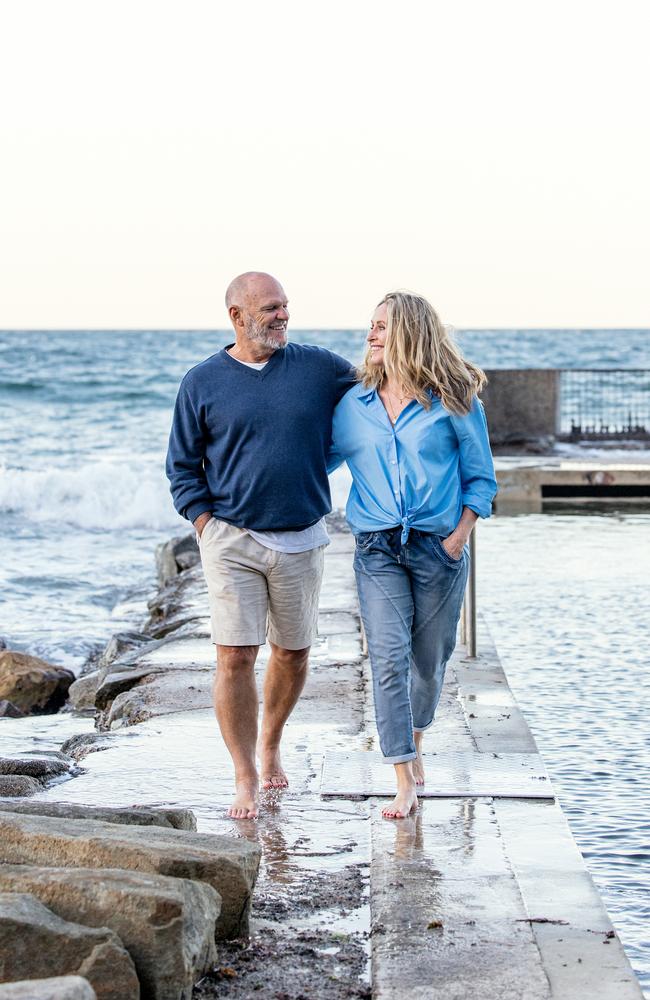
But challenges did arise. For one, Angela and I were at different stages of our journalism careers. I had accepted a redundancy from the newspaper in 2013 but retained a couple of writing roles as a freelance contributor. This allowed me a lot of time to do the things I’d been daydreaming about for years while still dipping my fingers in ink.
Meanwhile, Angela was working flat out in a portfolio of writing and television roles as well as full-time parenting and managing the unwinding of her marriage. She would have struggled to find the time to meet me for lunch.
So we saw each other every couple of weeks … and that proved to be the catalyst for some magic moments. Because she had advance warning that we were going to meet up she could clear the decks and free up time for us, and we would do something special with that time.
It was mostly me who made the journey to meet up because I had the time and the flexibility to do so. She was worth the effort.
For me, the times apart proved the old adage that absence makes the heart grow fonder. But I gradually grew to understand that women are treated differently if they aren’t visible as part of a couple, and that external pressure nearly killed us off. Some of her acquaintances questioned the quality of our arrangement, suggesting I was “having my cake and eating it too”.
A more confident Angela would have replied that she was too, but she was still a little discombobulated by the turns her life had taken up to that point. She was invited to fewer social events because couples tend to only socialise with other couples, and when she did get invited somewhere she was often questioned about why she wasn’t with someone, as if she was somehow not a whole person without a man on her arm.
It sewed doubts and she grew weary of it all. I don’t blame her. We began to have some very tense exchanges about how the relationship was progressing.
In her mind, the only way for the relationship to proceed was for me to move to Sydney, which I wasn’t prepared to do. For a start I couldn’t see where I’d keep my tinny, and I don’t know if you’ve ever seen the surf breaks at Manly where she lives but to call them crowded is an understatement.
With a clarity I was certain of I maintained the view that long-distance was the best of both worlds for us given our respective circumstances and stages of life. Suffice to say, we hit the pause button.
But, again, distance worked in our favour. At the heart of it all, we like each other a lot, and we missed each other. That, and the fact Sydney must have a very shallow pool of boyfriend options, meant we found our way back to each other.
This time we’re wiser, more understanding of what makes each other happy and willing to provide the space and support to make that happen.
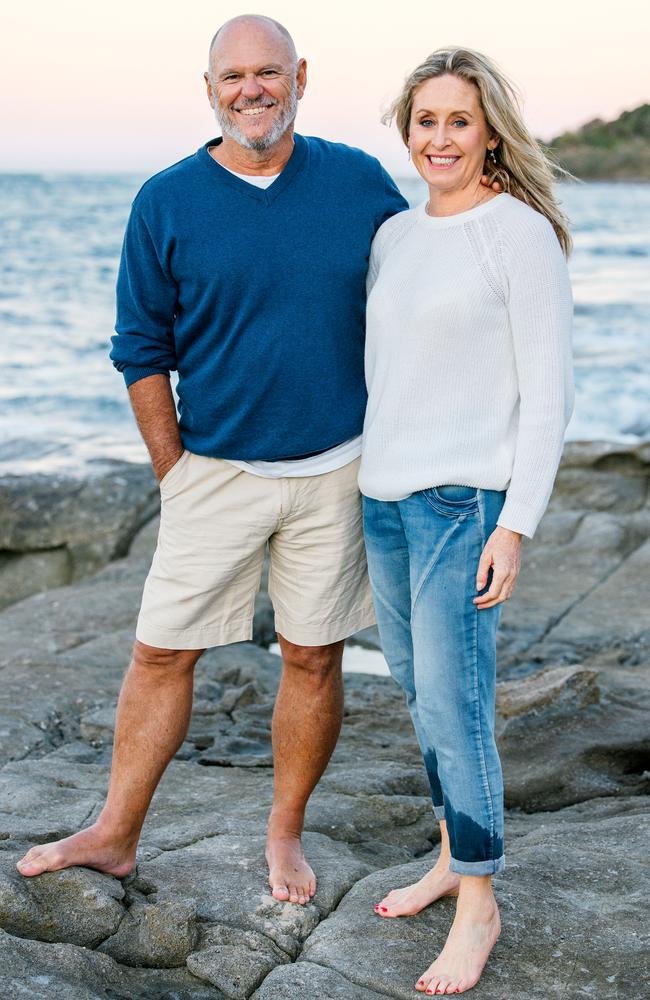
I did eventually move interstate, not to Sydney but to Yamba, a seaside town between Coffs Harbour and Ballina. It’s about three hours’ drive from Brisbane, which is just far enough south that my sons can’t come and raid my beer fridge every night but they can easily come and stay for the weekend, which they do frequently.
It’s also an easy run up the highway to Ballina airport, from where I can fly to Sydney for as little as $60 off-peak. With Angela’s daughters now both having left school, her visits north are more frequent too. She slots into the rhythms of Yamba’s languid life like an old pair of trackie daks.
The tensions of the past have dissipated. What’s left is lovely. While our relationship in the early years did raise eyebrows among the doubters, these days it’s more likely to elicit envy. We’ve been told plenty of times that we are “lucky” because of the freedom it affords us. But it’s not luck, just a new way to love.
The fact we can have time together when wanted and the flexibility of time apart when needed allows us to maintain the individualism that so often gets stifled in long-term conventional partnerships. Sometimes, there are days when I just want to sit around in my undies, get drunk, play Led Zeppelin loudly and not talk to anyone.
That’s when Angela really sees the benefit of a long-distance relationship.
More Coverage
Originally published as ‘People are envious of our arrangement’: Rory Gibson and Angela Mollard reveal unconventional living apart relationship



